13 British Classics That Hid An American V8 Under The Hood

Picture this: you’re admiring a sleek British sports car at a classic car show, expecting to hear the refined purr of a proper English engine.
Then the owner fires it up, and suddenly you’re hit with the thunderous roar of pure American muscle.
During the 1960s and beyond, many British manufacturers discovered that dropping a big American V8 into their elegant chassis created the perfect marriage of European sophistication and American power.
These automotive love affairs produced some of the most exciting and unexpected classics ever built.
1. AC Cobra
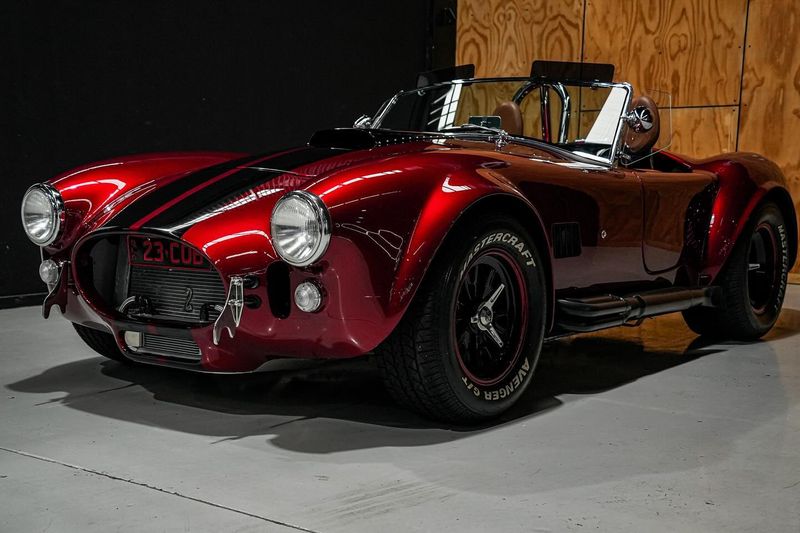
Carroll Shelby had a wild idea back in 1962 that changed automotive history forever. He stuffed Ford’s mighty 289 cubic inch V8 into AC’s lightweight British roadster body, creating an absolute monster on wheels.
The result was pure automotive insanity – a car that could accelerate from zero to sixty in under four seconds when most family cars struggled to reach highway speeds.
Racing success followed immediately, with Cobras dominating both American and international circuits throughout the decade.
2. Sunbeam Tiger
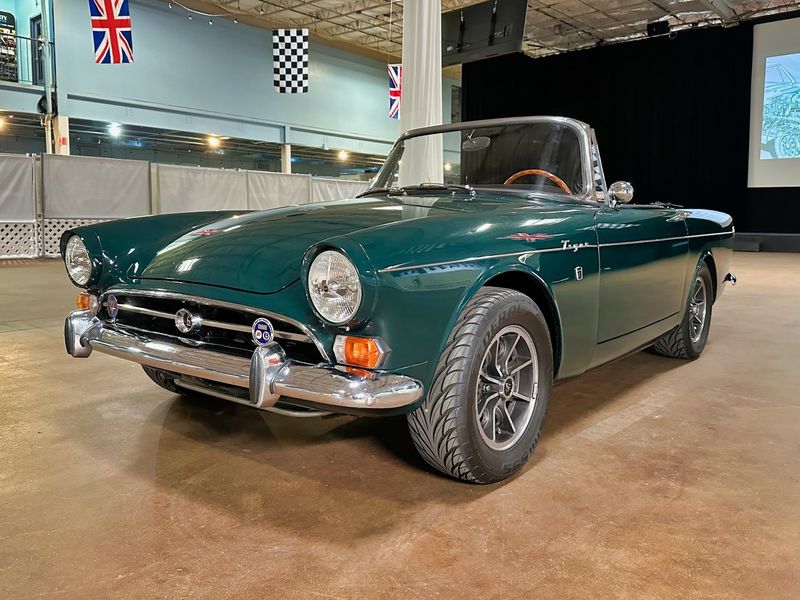
Rootes Group wanted their own version of Shelby’s magic formula, so they enlisted his help to create something special.
The Tiger took the innocent Alpine roadster and gave it serious teeth with Ford’s 260 V8 engine tucked under its bonnet.
Production ran from 1964 to 1967, creating roughly 7,000 examples of this Jekyll-and-Hyde machine.
Most people couldn’t tell the difference between a Tiger and its four-cylinder Alpine sibling until they heard that distinctive American rumble firing up.
3. Jensen Interceptor
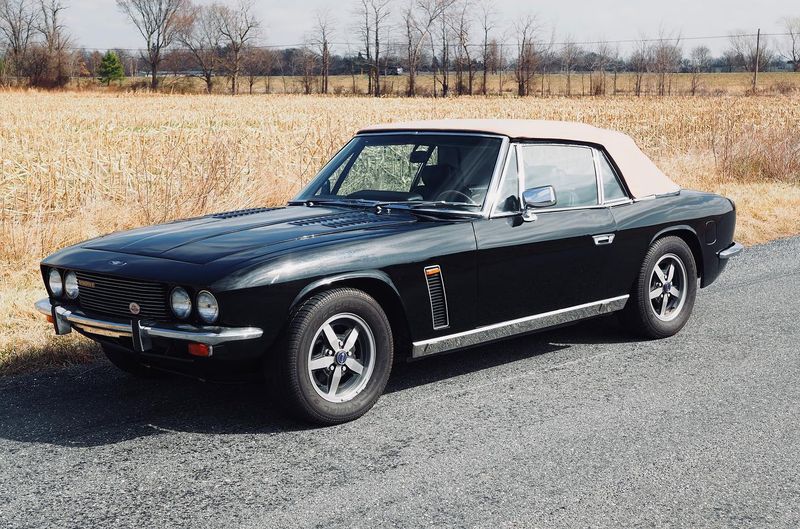
Jensen’s masterpiece combined Italian styling courtesy of Touring with American muscle from Chrysler’s parts bin.
The Interceptor housed everything from 383 to 440 cubic inch V8s, making it one of Britain’s fastest grand tourers during its production run.
West Bromwich built these hand-assembled beauties from 1966 to 1976, with each car taking weeks to complete.
The distinctive curved rear window became an instant design icon, while the Chrysler V8 provided effortless highway cruising that British engines simply couldn’t match.
4. TVR Griffith 200

Jack Griffith had connections with both TVR and Ford that led to automotive fireworks in the early 1960s.
He imported TVR’s lightweight fiberglass bodies and dropped Ford’s 289 V8 engines into them, creating pocket rockets that could embarrass much more expensive machinery.
Only about 300 Griffith 200s were ever built, making them incredibly rare today.
The combination of British handling dynamics with American V8 torque created a driving experience that was both exhilarating and terrifying in equal measure.
5. Gordon-Keeble GK1
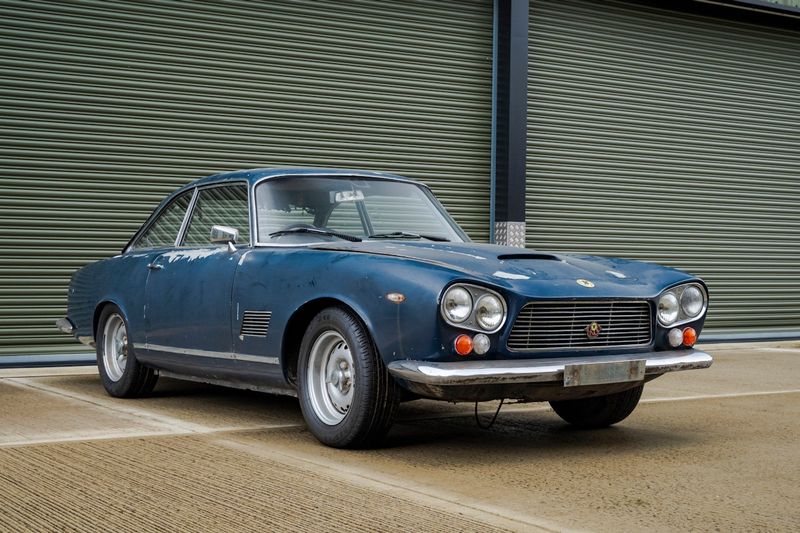
Bertone’s elegant bodywork hid a Chevrolet Corvette engine in one of Britain’s most exclusive grand tourers.
The Gordon-Keeble promised luxury, performance, and reliability with its fiberglass body and proven American V8 powerplant.
Financial troubles plagued the company throughout its brief existence from 1964 to 1967.
Despite producing only 99 examples, the GK1 earned a reputation for exceptional build quality and sophisticated engineering that put many established manufacturers to shame during its short production run.
6. Bristol 407
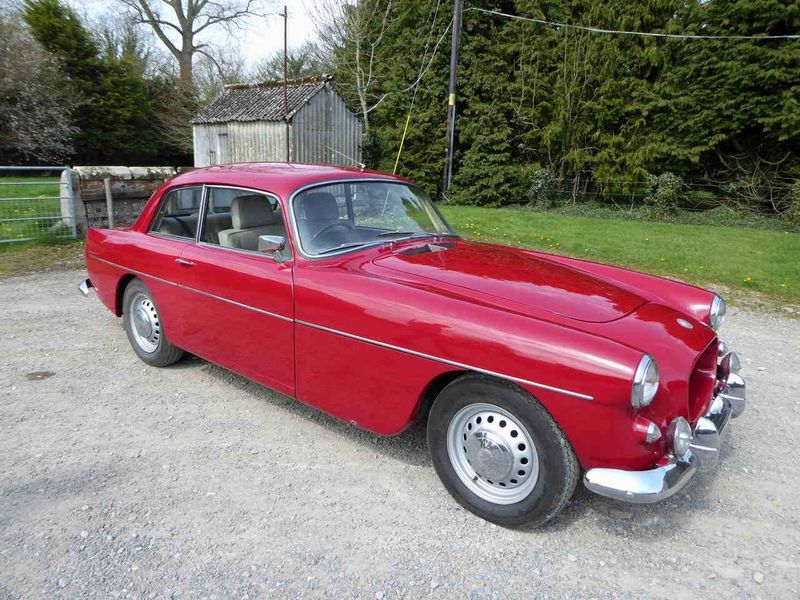
Bristol shocked the automotive world in 1961 by abandoning their own straight-six engines for Chrysler’s V8 power.
The 407 marked this dramatic transition, housing a 313 cubic inch V8 that transformed the marque’s character completely.
Hand-built in tiny numbers, each Bristol cost more than a Jaguar or Aston Martin of the period.
The company’s aerospace background showed in every detail, from the precision engineering to the luxurious interior appointments that rivaled the finest Rolls-Royce models available.
7. Rover P5B
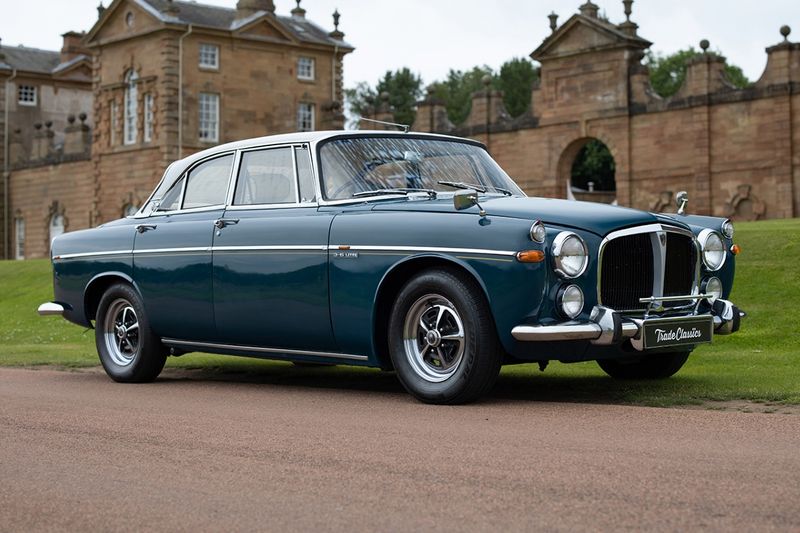
Government ministers and captains of industry chose the P5B when they needed both respectability and surprising performance.
Rover’s decision to install Buick’s aluminum 215 V8 transformed their stately saloon into something unexpectedly quick and smooth.
Production continued from 1967 to 1973, with the V8 providing effortless acceleration that the previous straight-six couldn’t match.
Many owners were shocked to discover their dignified executive express could outrun sports cars at traffic lights while maintaining perfect composure and whisper-quiet operation.
8. Marcos Mantula
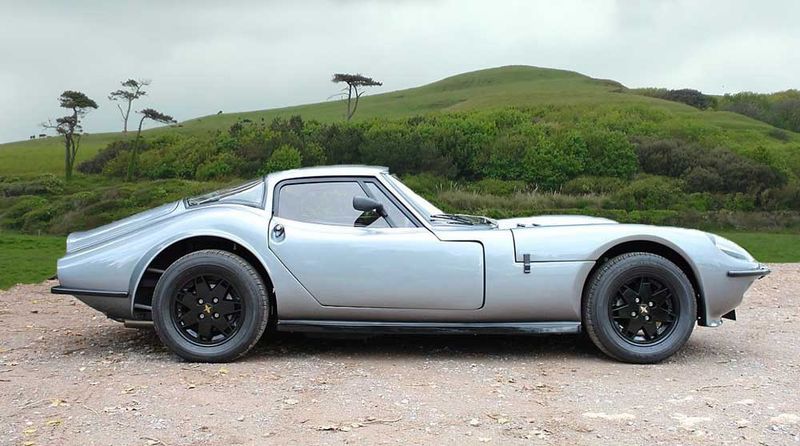
Jem Marsh’s distinctive wedge-shaped creation housed Ford’s 302 V8 in a package that looked like it belonged in a science fiction movie.
The Mantula’s angular fiberglass body concealed serious performance potential beneath its futuristic styling. Built throughout the 1980s, each Mantula was essentially hand-assembled in small workshops across Britain.
The combination of lightweight construction and American V8 torque created acceleration figures that embarrassed supercars costing twice as much, though build quality remained somewhat variable depending on individual craftsmen.
9. MG MGB GT V8
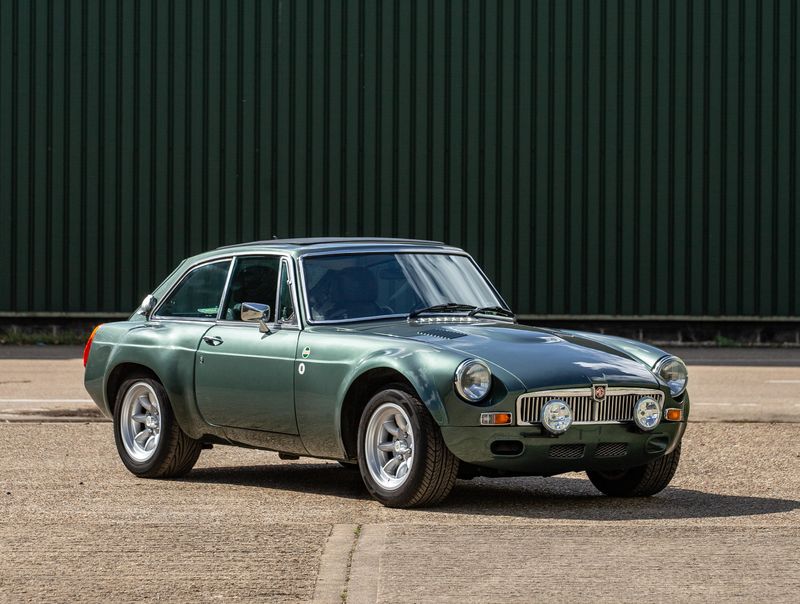
British Leyland’s factory V8 conversion transformed the humble MGB into a genuine sports car that could finally compete with European rivals.
The Rover V8 engine fit perfectly into the B’s engine bay, creating the car enthusiasts had been demanding for years.
Limited production from 1973 to 1976 resulted in only 2,591 examples leaving the Abingdon factory.
Today, these factory V8 cars command premium prices, while countless MGB owners have performed their own V8 conversions to capture that same magical combination of classic British styling and American muscle.
10. Triumph TR8
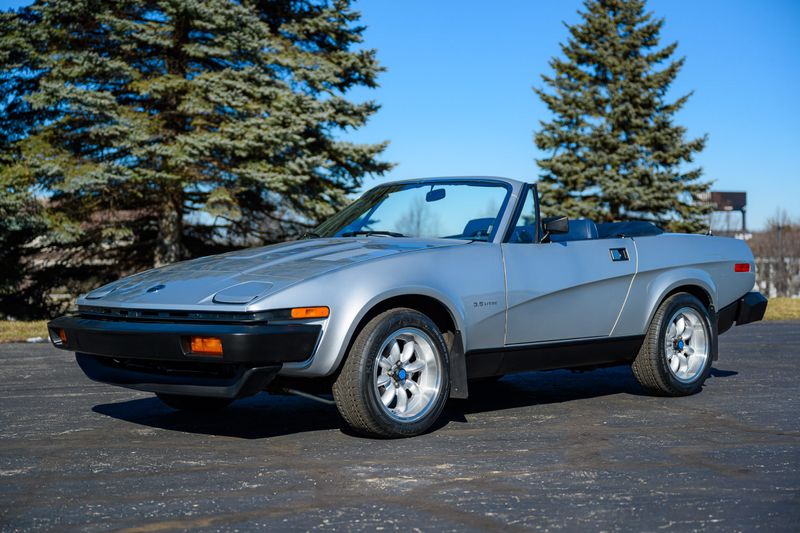
Triumph’s final sports car attempted to combine American muscle with British handling in a package that looked thoroughly modern for 1980.
The TR8 housed Rover’s aluminum V8 in a wedge-shaped body that divided opinion but delivered genuine performance.
Most TR8s were exported to America, where emissions regulations strangled the V8’s output considerably.
European versions retained more power and provided the driving experience Triumph originally intended, though production ended in 1981 as British Leyland’s financial troubles finally caught up with the sports car division.
11. Panther De Ville

Robert Jankel’s neo-classic creation combined 1930s styling cues with modern Jaguar V12 or American V8 power for wealthy customers seeking something truly unique.
The De Ville offered hand-built luxury that Rolls-Royce couldn’t match for exclusivity.
Each car took months to complete in Panther’s Surrey workshops, with customers choosing from various engine options including Chevrolet’s small-block V8.
Celebrities and royalty ordered these bespoke machines, knowing they’d own something no one else possessed in quite the same specification or color combination.
12. Daimler SP250
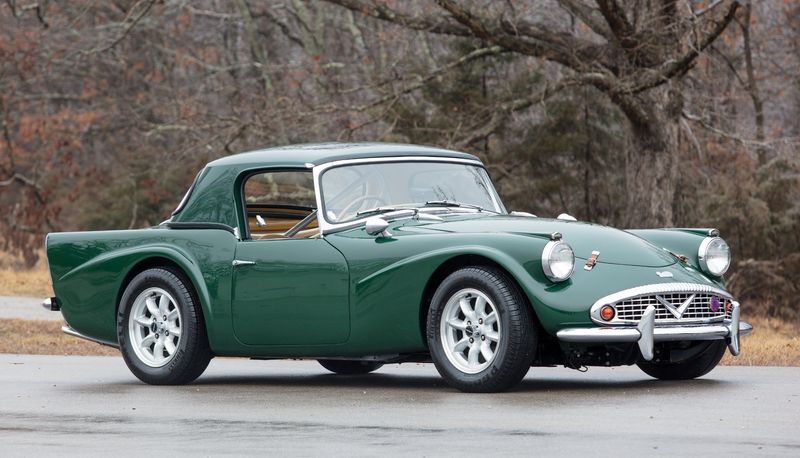
Daimler’s attempt at building a sports car resulted in one of the most distinctive-looking machines ever to leave Coventry.
The SP250’s fiberglass body housed their own 2.5-liter V8 engine, though some later examples received American V8 conversions for additional power.
Police forces adopted the SP250 for high-speed pursuit work, appreciating its combination of performance and reliability.
The unusual styling earned it the nickname ‘Dart’ from enthusiasts, though today these rare survivors are appreciated for their unique character and surprising capabilities on winding roads.
13. Morgan Plus 8
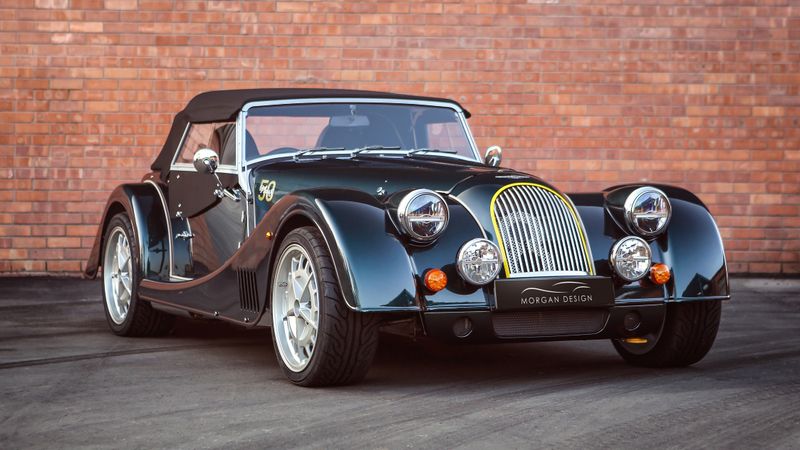
Morgan’s traditional craftsmanship met modern American power when they installed Rover’s aluminum V8 into their time-tested chassis design.
The Plus 8 proved that old-fashioned construction methods could handle serious horsepower without losing the marque’s essential character.
Production continued for decades, with each car still hand-built using techniques that hadn’t changed since the 1930s.
The combination of ash wood frame, steel panels, and American V8 power created a driving experience that was both nostalgic and thoroughly modern in its performance capabilities.
